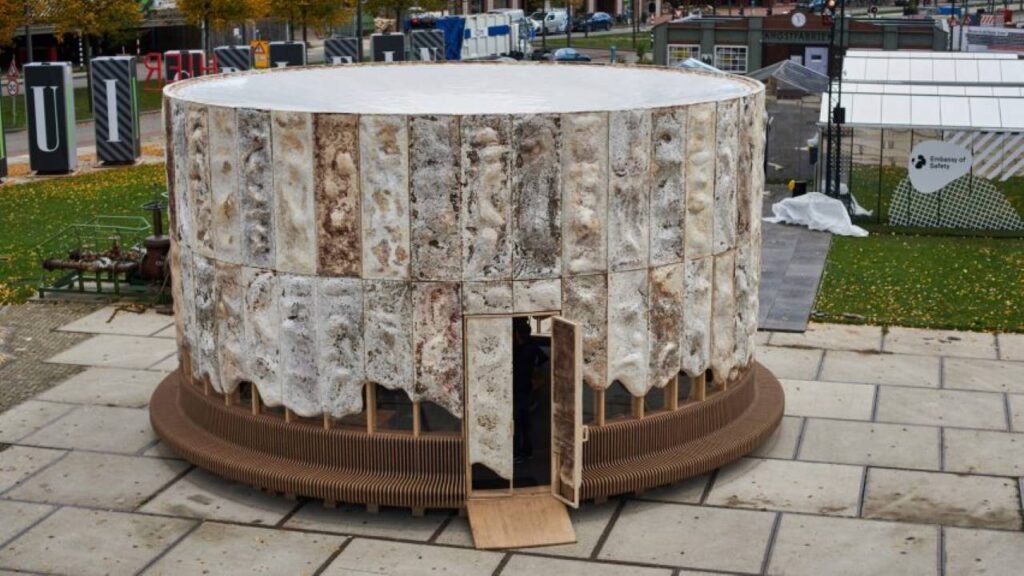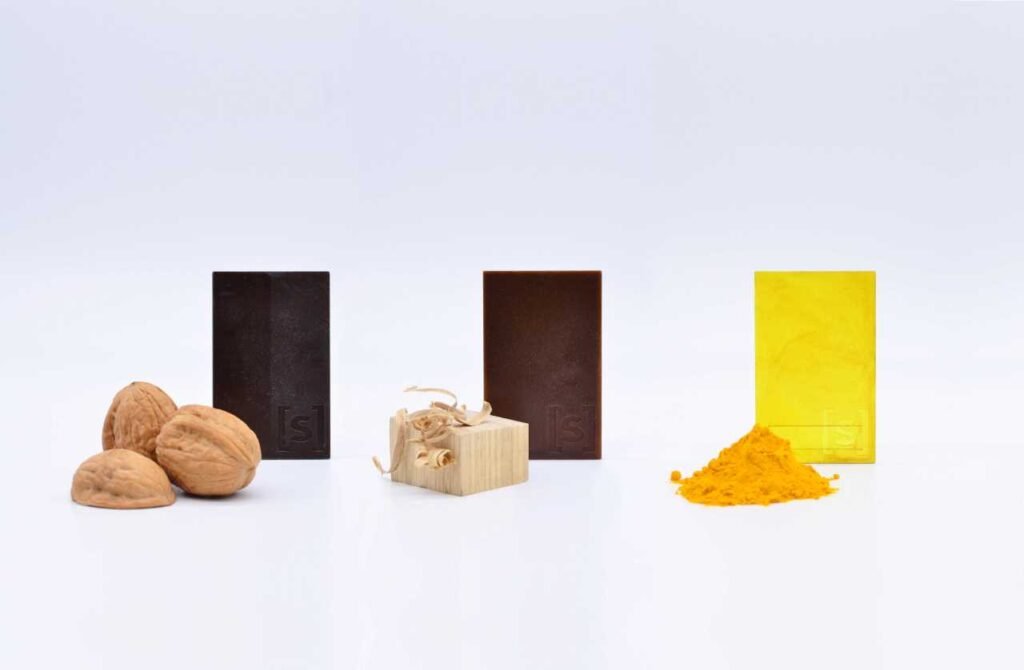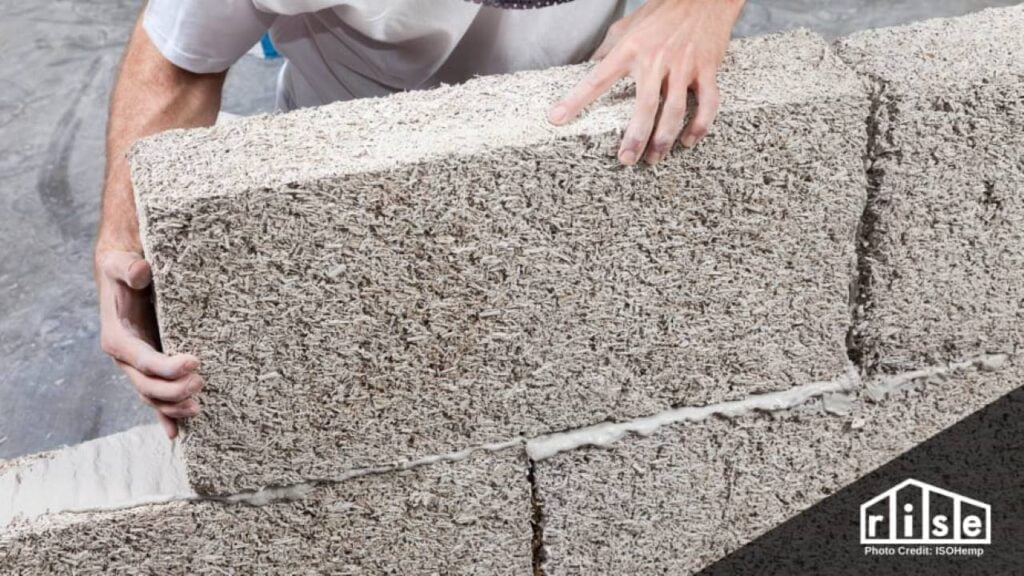Table of Contents
What is meant by Sustainability?
A basic that one might relate to sustainability is the idea of using renewable resources. Though this is just one of how sustainability can be achieved, similar to recycling material in different, innovative, and environmentally friendly ways. It is more about the judicial use of existing resources while utilizing renewable ones more. Sustainable design is the idea that human societies must live up to their needs without compromising the ability of future generations to meet their own needs. With the limits changing every decade, what is and isn’t considered sustainable has changed over time as well.
How Sustainability Affects Architecture
A Symbiotic Relation
Using design processes, materials, energy, and development spaces that aren’t harmful to the surrounding ecosystem or communities, sustainability in architecture addresses the negative environmental and social repercussions of buildings. The philosophy is to ensure that today’s actions have no negative implications for future generations and that they adhere to the principles of social, economic, and environmental sustainability. From the moment a site is chosen to find materials or produce new ones to building the structure itself, architecture is an energy-intense field of work. Any intervention adds to a large carbon footprint and the tips the scale of sustainability in the opposite direction. Thus, it is important to have energy efficient buildings and sustainable design methods.

And thus architecture and design has constantly challenged and questioned itself as a field thus resulting in newer methods and materials that reduce its impact on the environment and, in some cases, benefit the environment altogether. Architecture is also one of those fields that directly affects its nearby community. Thus, using local materials and resources is another way to support this goal of sustainability indirectly empowering the local community, directly pushing forward social sustainability. Architecture and design thus has led to various innovative uses and creations of materials. Be it discovering new natural resources or judicial use of manmade resources.
Tapping Into Nature
Mycelium And Its Ever-growing Popularity
The root-like fibers of a fungus when dried become incredibly durable to force and resistant to water or mold. This is Mycelium. When compacted into bricks, these can be used as a construction material that not only is lightweight but offers great strength and resistance to everyday natural phenomena. A Cleveland architecture firm is developing a method to demolish abandoned houses by combining fungus with demolition waste. Demolition trash is broken down and blended with mycelium in a process known as “bio-cycling.” To make new sustainable materials, the combined elements are crushed.

The Growing Pavilion for the Dutch Design Week is a prime example of the potential this material has to offer. Inspired by the Incan practices of materiality and construction, the mycelium and timber, the coating reassembled into a sturdier form and grows on its own to form the panels. Once it reaches the final stage the panels can then be removed to be used elsewhere or buried back into the ground breaking down again into its natural components. The carbon footprint thus created is significantly reduced in turn becoming an economical and sustainable building material.
From Chips To Boards
Potato waste be it the skin or the roots is being turned into a sturdy wood substitute that can be used in a variety of furniture and architecture and design applications. A binding compound derived from raw potato peel is used to treat potato skins, bamboo, recycled wood, and beer hops. To make a lasting wood substitute, the finished material is heated and pressed into shape. Chip[s] Board is working with McCain Foods’, a British frozen food company, to source its potato waste. These are being looked at as alternatives to current wall paneling and soundproofing materials. Once utilized for its purpose it can be buried in the ground for decomposition and in turn, be used as manure or fertilizer.

Materials That Have Stood The Test Of Time
Hempcrete
Hempcrete is a substance made from the hemp plant’s woody inner fibers combined with concrete. It is fire-resistant and strong, with good thermal and acoustic insulation. The lightweight nature of hemp concrete blocks reduces the amount of energy required to transport the blocks. Furthermore, it is CO2 negative, which means it absorbs more CO2 than it emits. Since hemp is easy to grow this allows for a healthy system of growing and replenishing thus maintaining a balance. Similar to straw bale in construction the walls are slightly thicker than the standard ones yet provide a comfortable environment for the users to be in.

Cork
Cork is employed in high-tech applications like automobile motors, dam systems, and airport runways due to its exceptional properties. Due to its flexibility and near-impermeability, cork is ideal for creating floor tiles, insulating sheets, bulletin boards, and other similar items. Cork is an endless natural resource since it may be collected safely up to 20 times during its life cycle. Cork is collected in a sustainable manner, and the removal of the bark has no negative impact on the tree. Thus making it a highly sustainable material. After each harvest, the bark grows back entirely and takes on a nicer texture.

Sustainability Begins With Sustainable Designing
Sustainable Design Elements To Keep In Mind
It is crucial to get the most out of what the site has to offer. Much of the energy spent for an average building is for temperature moderation and ventilation. Providing essential functions away from direct heat and light for warm countries and towards the same for colder countries is an important way to regulate the temperature. The provision of foliage plays a vital role in not only regulating the temperature but also in giving back to the environment. Indoor plants also help improve the quality of air inside the building while psychologically improving the users’ experience. All these steps indirectly make up an energy efficient building
Sustainable Reality
Successes Of Sustainable Structures
Torre Reforma in Mexico City has managed to become a structure that literally breathes. While providing indoor gardens at regular intervals, it also includes ventilators that open and shut every day to release indoor heat generate while also allowing a gush of fresh air to enter within thus recycling the air without having to constantly utilize the air conditioning systems. Or be it using reused plastic to form bricks that attach like Lego pieces thus reusing a material that has greatly challenged the idea of sustainability, becoming popular in Kerala. Thus ever since industrialization sustainability has been a need of the hour and architecture and design can help tip the balance on the positive side.

Image of ventilators in Torre Reforma




